Konica Minolta DI152F, PI1802E PAGESCOPE LIGHT, DI152, DI183, DI183F FAX UNIT FX-1 Manual
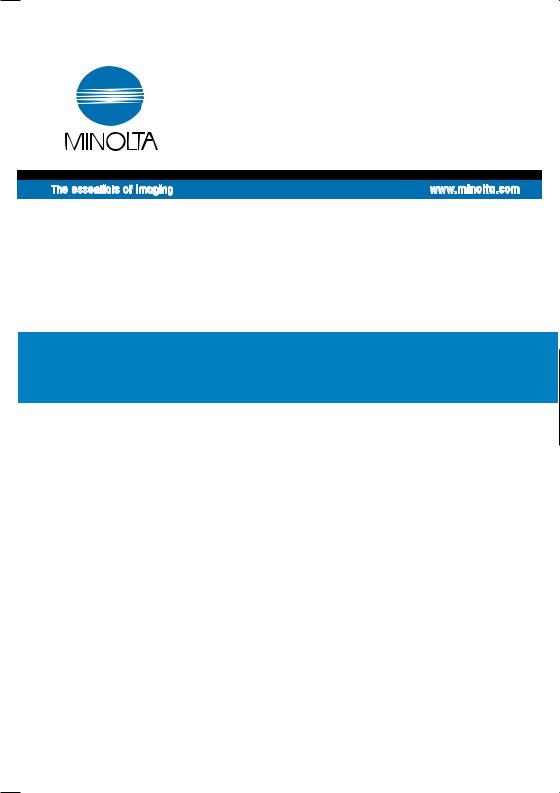
7664-4968-02
User Manual
Printer Controller Pi1802e
This version available on ParnterLink Only. Not available to order in hard copy.

Foreword
Trademark Acknowledgements
Minolta is a registered trademark of MINOLTA CO., LTD.
PageScope is a trademark of MINOLTA CO., LTD.
Ethernet is a registered trademark of Xerox Corporation.
Microsoft, Windows, and Windows NT are either registered trademarks or trademarks of Microsoft Corporation in the United States and/or other countries.
Netscape and the Netscape N and Ship’s Wheel logos are registered trademarks of Netscape Communications Corporation in the U.S. and other countries. Netscape Navigator is also a trademark of Netscape Communications Corporation and may be registered outside the U.S.
Novell and NetWare are registered trademarks of Novell, Inc.
PCL is a registered trademark of Hewlett-Packard Company Limited.
All other product names are trademarks or registered trademarks of their respective holders.
Copyright 2001 MINOLTA CO., LTD.
Screen images shown in this manual may differ slightly from actual ones. Specifications are subject to change without prior notice.
i

For the U.S.A. Users
FCC Part 15-Radio Frequency Devices
This device complies with Part 15 of the FCC Rules. Operation is subject to the following two conditions: (1) This device may not cause harmful interface, and (2) this device must accept any interface received, including interface that may cause undesired operation.
NOTE: This equipment has been tested and found to comply with the limits for a Class A digital device, pursuant to Part 15 of the FCC Rules. These limits are designed to provide reasonable protection against harmful interference when the equipment is operated in a commercial environment. This equipment generates, uses, and can radiate radio frequency energy and if not installed and used in accordance with the instruction manual, may cause harmful interference to radio communications.
Operation of this equipment in a residential area is likely to cause harmful interference in which case the user will be required to correct the interference at his own expense.
WARNING: The design and production of this unit conform to FCC Regulations, and any changes or modifications must be registered with the FCC and are subject to FCC control. Any changes made by purchaser or user without first contacting the manufacturer will be subject to penalty under FCC regulations.
This device must be used with shielded interface cables. The use of nonshielded cables is likely to result in interference with radio communications and is prohibited under FCC rules.
For Canada Users
Interference-Causing Equipment Standard (ICES-003 Issue 3)
This Class A digital apparatus complies with Canadian ICES-003.
Cet appareil numerique de la classe A est conforme a la norme NMB-003 du Canada.
ii
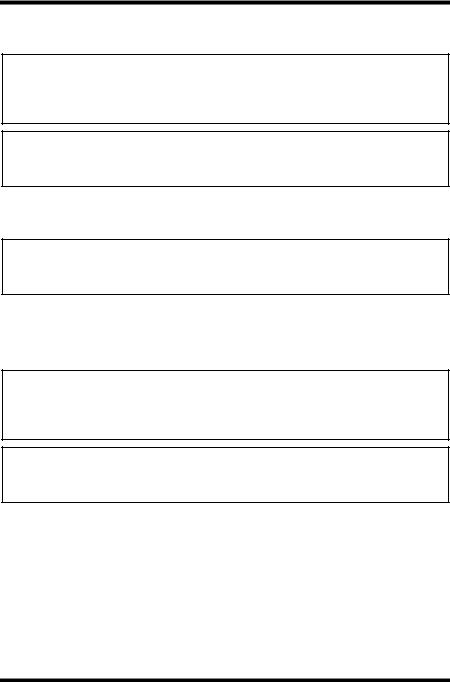
For Europe
CE Marking (Declaration of Conformity)
This product complies with the following EU directives: 89/336/EEC, 73/23/EEC and 93/68/EEC directives.
This declaration is valid for the area of the European Union.
This device must be used with shielded interface cables. The use of nonshielded cables is likely to result in interference with radio communications and is prohibited under EU directives.
For Users of the Class B regulation’s countries
This device must be used with shielded interface cables. The use of nonshielded cables is likely to result in interference with radio communications and is prohibited under CISPR 22 rules and local rules.
For Users except the Class B regulation’s countries
WARNING
This is a Class A product. In a domestic environment this product may cause radio interference in which case the user may be required to take adequate measures.
This device must be used with shielded interface cables. The use of nonshielded cables is likely to result in interference with radio communications and is prohibited under CISPR 22 rules and local rules.
iii

Contents
|
|
CONTENTS |
|
1 |
Getting Ready .................................................... |
1 |
|
|
1.1 |
System Requirements ............................................. |
1 |
2 Connecting to a Computer ............................... |
2 |
||
|
2.1 |
Connecting to the Parallel Port |
|
|
|
(Local Connection) .................................................. |
3 |
|
2.2 |
Connecting to the Ethernet 10/100Base-T Port |
|
|
|
(Network Connection) ............................................. |
4 |
3 |
Installing the Printer Driver .............................. |
5 |
|
|
3.1 |
Windows 95/98/Me ................................................... |
5 |
|
3.2 |
Windows NT 4.0 ....................................................... |
7 |
|
3.3 |
Windows 2000 .......................................................... |
9 |
|
3.4 |
Uninstalling the Printer Driver .............................. |
11 |
4 |
Printer Driver Settings .................................... |
12 |
|
|
4.1 |
Displaying the Printer Driver Setup Dialog ......... |
12 |
|
4.2 |
Common Settings .................................................. |
13 |
|
4.3 |
Setup Tab ................................................................ |
14 |
|
|
4.3.1 N-up ............................................................... |
15 |
|
|
4.3.2 Watermark ..................................................... |
16 |
|
|
4.3.3 Paper Source ................................................ |
18 |
iv
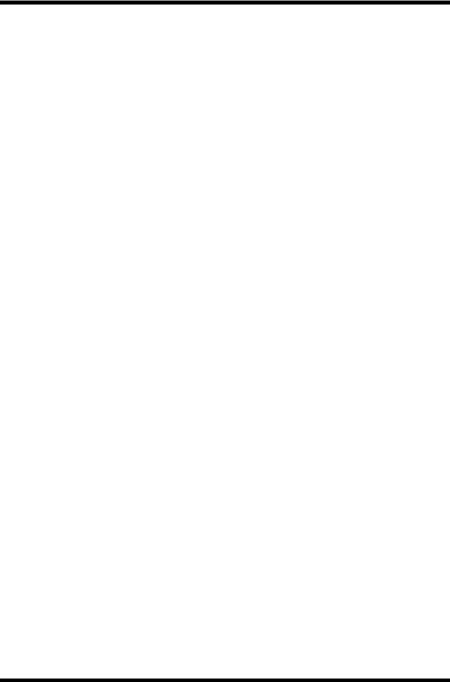
|
Contents |
4.4 Paper Tab ................................................................ |
19 |
4.4.1 Original Document Size ............................... |
19 |
4.4.2 Output Paper Size ........................................ |
21 |
4.4.3 Copies ........................................................... |
22 |
4.4.4 Collate at Printer .......................................... |
22 |
4.4.5 Orientation .................................................... |
22 |
4.5 Quality ..................................................................... |
23 |
4.5.1 Resolution ..................................................... |
23 |
4.5.2 Toner Save .................................................... |
23 |
4.5.3 Rendering Mode ........................................... |
23 |
4.5.4 Font Setting .................................................. |
24 |
4.5.5 Image Adjustment ........................................ |
24 |
4.6 Device Option Tab .................................................. |
25 |
5 Digital Copier Control Panel Operations |
|
(PC Print Mode) ............................................... |
26 |
5.1 Operation Using the Di152/Di183 ......................... |
26 |
5.1.1 Names of Control Panel Parts and |
|
Their Functions ............................................ |
27 |
5.1.2 [Printer] Indicator/[Start] Key ...................... |
28 |
5.1.3 Cancelling a Print Job ................................. |
28 |
5.1.4 Using Manual Bypass Tray .......................... |
29 |
5.1.5 Outputting a Report ..................................... |
30 |
v
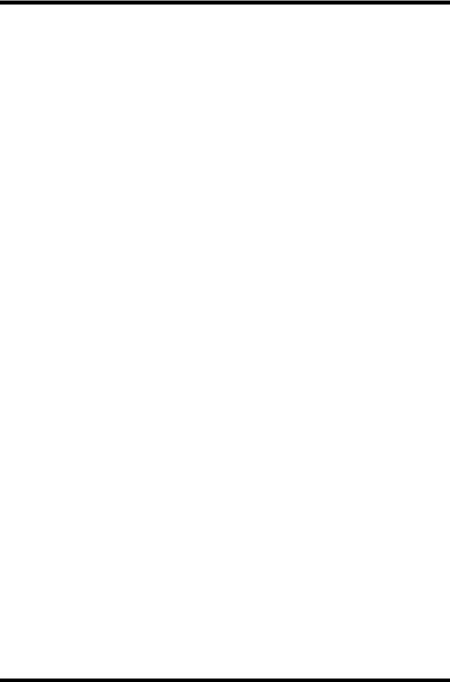
Contents |
|
5.2 Operation Using the Di152f/Di183f ....................... |
32 |
5.2.1 Names of Control Panel Parts and |
|
Their Functions ............................................ |
33 |
5.2.2 [Printer] Indicator/[Start] Key ...................... |
34 |
5.2.3 Switching to PC Print Mode ........................ |
34 |
5.2.4 Cancelling a Print Job ................................. |
35 |
5.2.5 Using Manual Bypass Tray .......................... |
36 |
5.2.6 Outputting a Report ..................................... |
37 |
6 Digital Copier Settings for Use on a Network .. 39 |
|
6.1 Specifying Settings Using the Di152/Di183 ......... |
40 |
6.1.1 IP Address .................................................... |
40 |
6.1.2 Entering Values ............................................ |
41 |
6.1.3 Subnet Mask ................................................. |
42 |
6.1.4 Gateway ......................................................... |
42 |
6.1.5 Restarting the Digital Copier ...................... |
43 |
6.2 Specifying Settings Using the Di152f/Di183f ...... |
44 |
6.2.1 IP Address .................................................... |
44 |
6.2.2 Subnet Mask ................................................. |
45 |
6.2.3 Default Gateway ........................................... |
46 |
6.2.4 Restarting the Digital Copier ...................... |
46 |
vi
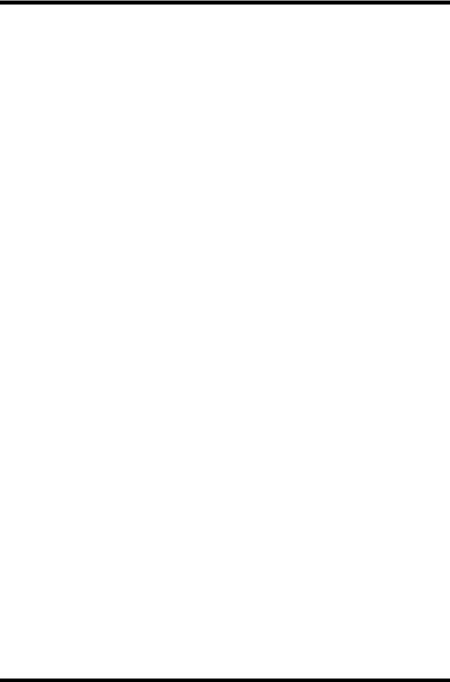
Contents
7 Network Printing in a Windows Environment .. 47
7.1 |
Peer-to-Peer Printing (Windows 95/98/Me) .......... |
47 |
|
7.1.1 Before You Begin ......................................... |
47 |
|
7.1.2 Settings for Windows 95/98/Me ................... |
47 |
7.2 |
LPR Printing (Windows NT 4.0/2000) ................... |
49 |
|
7.2.1 Before You Begin ......................................... |
49 |
|
7.2.2 Settings for Windows NT 4.0 ....................... |
49 |
|
7.2.3 Settings for Windows 2000 .......................... |
50 |
7.3 |
IPP Printing (Windows 2000) ................................ |
52 |
|
7.3.1 Before You Begin ......................................... |
52 |
|
7.3.2 Installing the Printer Driver ......................... |
52 |
7.4 |
Printing via a NetWare Server ............................... |
53 |
|
7.4.1 Before You Begin ......................................... |
53 |
|
7.4.2 Settings for Windows 95/98/Me ................... |
54 |
|
7.4.3 Settings for Windows NT 4.0/2000 .............. |
55 |
8 Troubleshooting ............................................... |
56 |
|
8.1 |
Correcting Errors for the Di152/Di183 .................. |
56 |
|
8.1.1 Main Error Messages ................................... |
56 |
8.2 |
Correcting Errors for the Di152f/Di183f ............... |
58 |
|
8.2.1 Checking Error Messages ........................... |
58 |
|
8.2.2 Main Error Messages ................................... |
59 |
vii
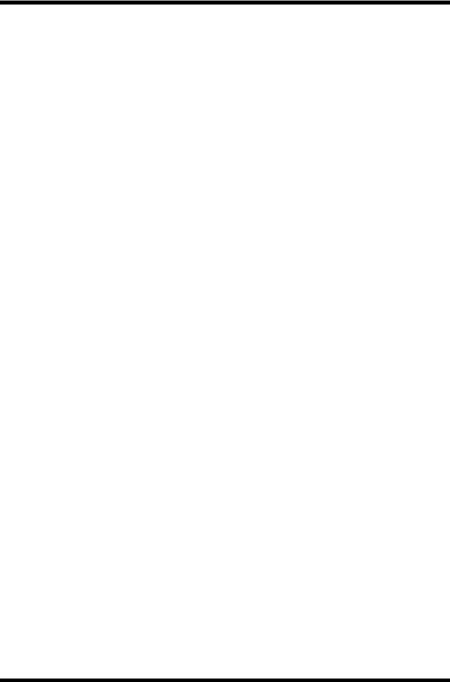
Contents |
|
|
9 Appendix .......................................................... |
60 |
|
9.1 |
Assigning IP Parameters Using Initializer ........... |
60 |
|
9.1.1 Using Initializer ............................................. |
60 |
9.2 |
Specifications ........................................................ |
62 |
viii
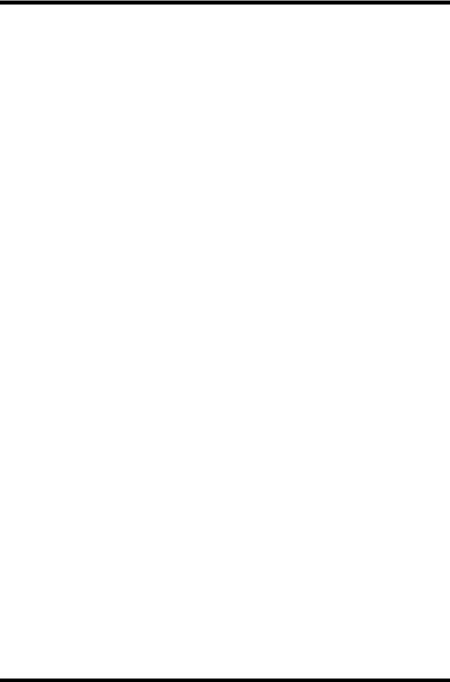
1 Getting Ready
1 Getting Ready
1.1 System Requirements
Operating System
•Microsoft Windows 95
•Microsoft Windows 98
•Microsoft Windows Me
•Microsoft Windows NT Workstation Version 4.0
•Microsoft Windows 2000
When the network interface card is installed, the printer controller will run in the following environment.
Client operating system |
Windows 95/98/Me/NT 4.0/2000 |
|
|
Network interface type |
Ethernet 10/100Base-T |
|
|
Network protocol |
TCP/IP, IPX/SPX |
|
|
1
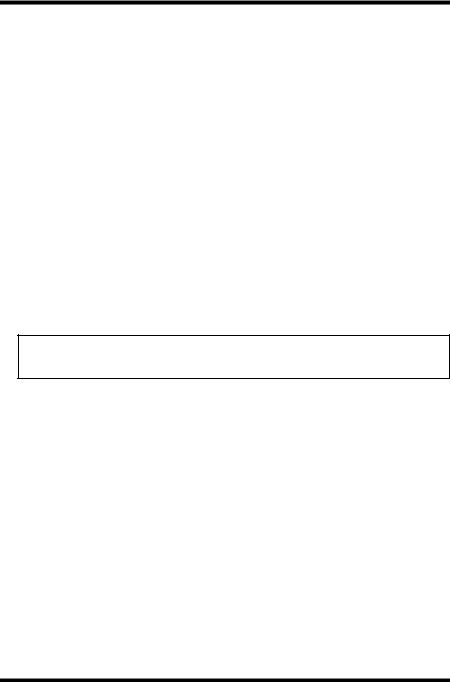
2 Connecting to a Computer
2 Connecting to a Computer
Connect the printer controller to the computer using either of the following two methods.
To connect to the parallel port
Using a parallel cable, locally connect the printer directly to a computer.
Refer to “2.1 Connecting to the Parallel Port (Local Connection)” on page 3.
To connect to the Ethernet 10/100Base-T port
If the printer is to be used on a network, connect it using a 10/100Base- T cable.
Refer to “2.2 Connecting to the Ethernet 10/100Base-T Port (Network Connection)” on page 4.
Important!
•If the printer is to be used on a network, the optional network interface card NC-3 must be installed.
2
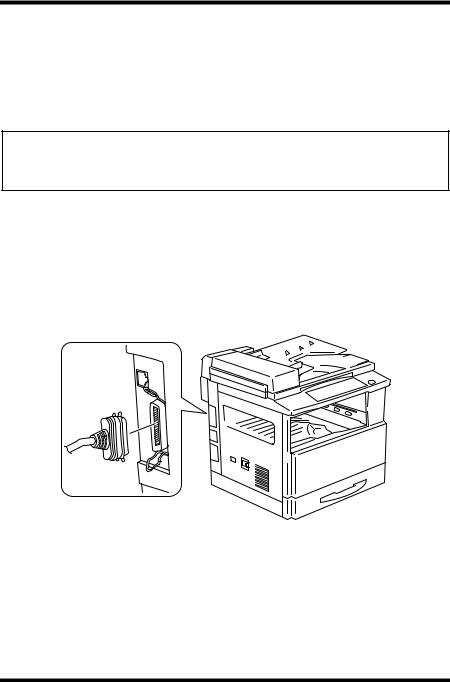
2 Connecting to a Computer
2.1Connecting to the Parallel Port (Local Connection)
Use the parallel cable to connect the parallel port of the printer controller to the parallel port of the computer.
Important!
•Be sure to use a shielded parallel cable. Use of an unshielded cable may result in radio frequency interference.
•The parallel port is compatible with IEEE1284 Type B standards.
1.Make sure that the Digital Copier and the computer to be connected to the Digital Copier are turned OFF.
2.Connect one end of the parallel cable to the parallel port (printer port) of the computer.
3.Connect the other end of the cable to the parallel port of the printer controller installed in the Digital Copier.
This completes the connection of the printer controller to the computer.
3
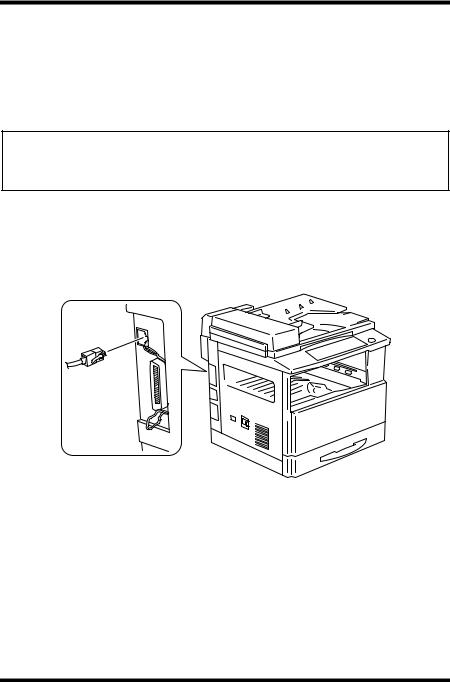
2 Connecting to a Computer
2.2Connecting to the Ethernet 10/100Base-T Port (Network Connection)
If the printer is to be used on a network, connect the network interface card to the network (LAN).
Important!
•This connection requires the optional network interface card NC-3.
•Be sure to use a shielded cable for the Ethernet 10/100Base-T cable. Use of an unshielded cable may result in radio frequency interference.
1.Make sure that the Digital Copier is turned OFF.
2.Connect one end of the Ethernet 10/100Base-T cable to the 10/ 100Base-T port of the network interface card, and then connect the other end of the cable to the hub.
This completes the network connection.
4
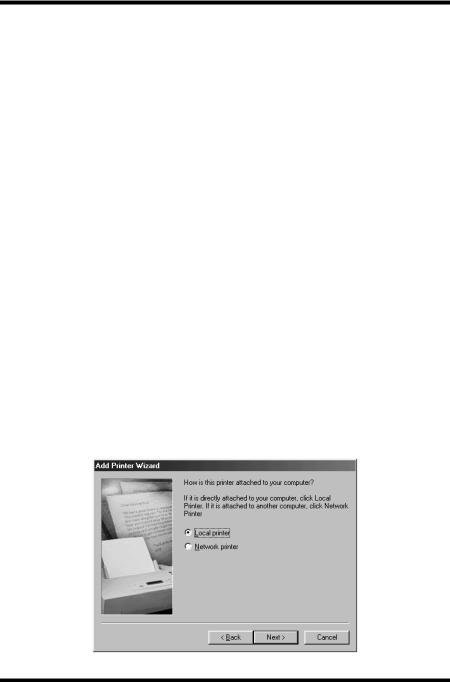
3 Installing the Printer Driver
3 Installing the Printer Driver
This section explains the procedure for installing the printer driver in the CD-ROM that comes with the printer controller.
The installation procedure differs according to the computer’s operating system. See the page indicated below for the installation procedure corresponding to your computer’s operating system.
•“3.1 Windows 95/98/Me” on page 5
•“3.2 Windows NT 4.0” on page 7
•“3.3 Windows 2000” on page 9
3.1Windows 95/98/Me
1.Turn on the Digital Copier.
2.Turn on your computer and start up Windows 95, 98 or Me.
3.Insert the CD-ROM that comes with your printer controller into your computer’s CD-ROM drive.
4.Click the [Start] button, point to [Settings], and then click [Printers].
5.Double-click the “ Add Printer” icon.
6.Click the [Next] button.
7.Select “ Local printer”.
5
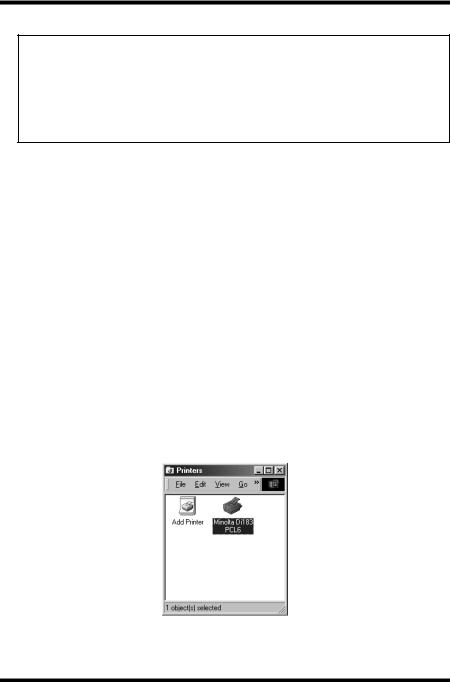
3 Installing the Printer Driver
Note
•For details on specifying network settings, refer to “7 Network Printing in a Windows Environment” on page 47. Since other network settings must first be specified, temporarily install the printer driver under a local connection.
•For the network printer settings, consult with the network administrator.
8.Click the [Next] button.
9.Click the [Have Disk] button.
10.Click the [Browse] button.
11.Specify the printer driver directory on the CD-ROM for the environment being used, and then click the [OK] button. (Example: CD-ROM drive\English\Win 98\PCL6\)
Then click the [OK] button.
12.Click the [OK] button.
13.Click the [Next] button.
14.Specify the port (LPT1, 2, etc.) where the printer controller is connected.
15.Follow the instructions that appear on your computer screen to complete the installation.
16.After installation is complete, check that the icon for the installed printer appears in the “ Printers” window.
17. Eject the CD-ROM from your computer’s CD-ROM drive. This completes the installation of the printer driver.
6

3 Installing the Printer Driver
3.2 Windows NT 4.0
Note
•When installing the printer driver on Windows NT 4.0, be sure to log in with Power User or higher-level privileges.
1.Turn on the Digital Copier.
2.Turn on your computer and start up Windows NT 4.0.
3.Insert the CD-ROM that comes with your printer controller into your computer’s CD-ROM drive.
4.Click the [Start] button, point to [Settings], and then click [Printers].
5.Double-click the “ Add Printer” icon.
6.Select “ My Computer”.
Note
•For details on specifying network settings, refer to “7 Network Printing in a Windows Environment” on page 47. Since other network settings must first be specified, temporarily install the printer driver under a local connection.
•For the network printer settings, consult with the network administrator.
7.Specify the port (LPT1, 2, etc.) where the printer controller is connected.
7
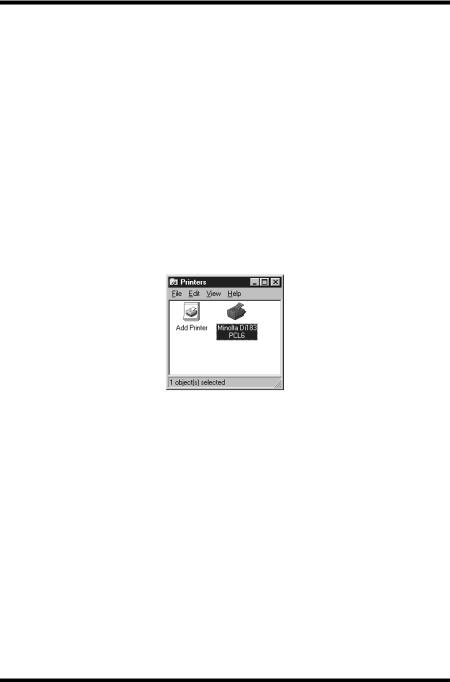
3 Installing the Printer Driver
8.Click the [Next] button.
9.Click the [Have Disk] button.
10.Click the [Browse] button.
11.Specify the printer driver directory on the CD-ROM for the environment being used, and then click the [OK] button. (Example: CD-ROM drive\English\Win NT\PCL6\)
Then click the [OK] button.
12.Click the [OK] button.
13.Follow the instructions that appear on your computer screen to complete the installation.
14.After installation is complete, check that the icon for the installed printer appears in the “ Printers” window.
15. Eject the CD-ROM from your computer’s CD-ROM drive. This completes the installation of the printer driver.
8
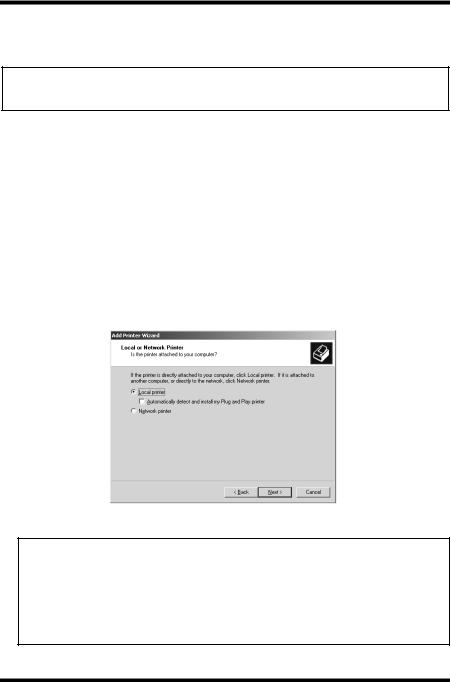
3 Installing the Printer Driver
3.3 Windows 2000
Note
•When installing the printer driver on Windows 2000, be sure to log in with Power User or higher-level privileges.
1.Turn on the Digital Copier.
2.Turn on your computer and start up Windows 2000.
3.Insert the CD-ROM that comes with your printer controller into your computer’s CD-ROM drive.
4.Click the [Start] button, point to [Settings], and then click [Printers].
5.Double-click the “ Add Printer” icon.
6.Click the [Next] button.
7.Select “ Local printer”. (Do not check the “ Automatically detect and install my Plug and Play printer” box.)
Note
•For details on specifying network settings, refer to “7 Network Printing in a Windows Environment” on page 47. Since other network settings must first be specified, temporarily install the printer driver under a local connection.
•For the network printer settings, consult with the network administrator.
9
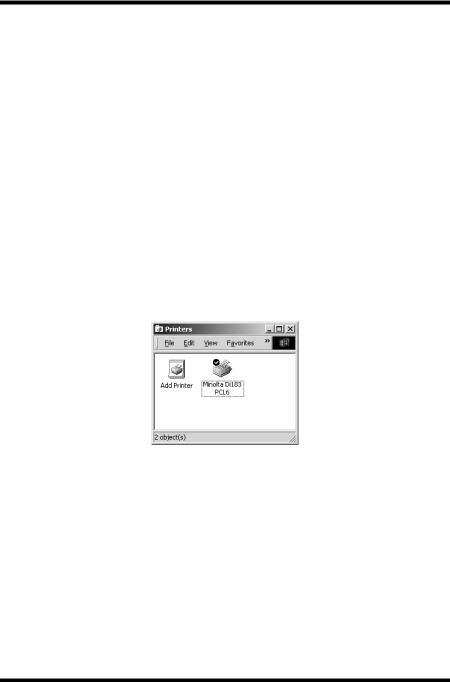
3 Installing the Printer Driver
8.Specify the port (LPT1, 2, etc.) where the printer controller is connected.
9.Click the [Next] button.
10.Click the [Have Disk] button.
11.Click the [Browse] button.
12.Specify the printer driver directory on the CD-ROM for the environment being used, and then click the [OK] button. (Example: CD-ROM drive\English\Win NT\PCL6\)
Then click the [OK] button.
13.Click the [OK] button.
14.Follow the instructions that appear on your computer screen to complete the installation.
15.After installation is complete, check that the icon for the installed printer appears in the “ Printers” window.
16. Eject the CD-ROM from your computer’s CD-ROM drive. This completes the installation of the printer driver.
10
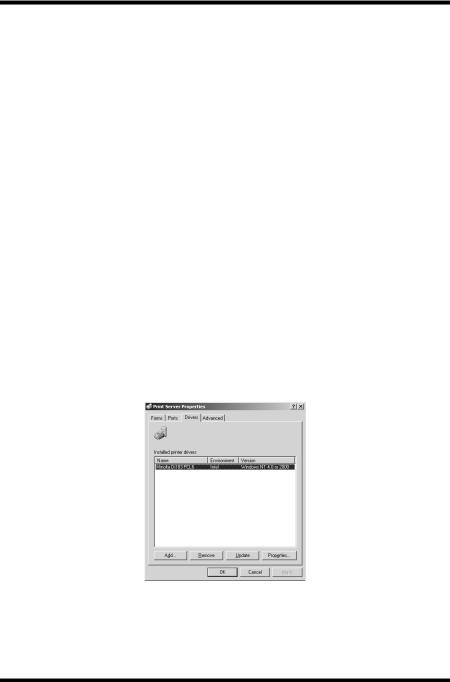
3 Installing the Printer Driver
3.4 Uninstalling the Printer Driver
If it is necessary to delete the printer driver, for example, to re-install it, follow the procedure described below.
1.Click the [Start] button, point to [Settings], and then click [Printers].
2.In the “ Printers” window, click the “ Minolta Di152 (Di183) PCL6” printer icon.
3.Select “ Delete” from the “ File” menu.
4.Follow the instructions that appear on your computer screen to complete the uninstallation.
For Windows 2000, follow the procedure below.
For Windows 2000:
1.Click the [Start] button, point to [Settings], and then click [Printers].
2.With no printer selected in the “ Printers” window, select “ Server Properties” from the “ File” menu.
3.Display the [Drivers] tab on the Print Server Properties dialog box.
4.Select “ Minolta Di152 (Di183) PCL6”, and then click the [Remove] button.
11
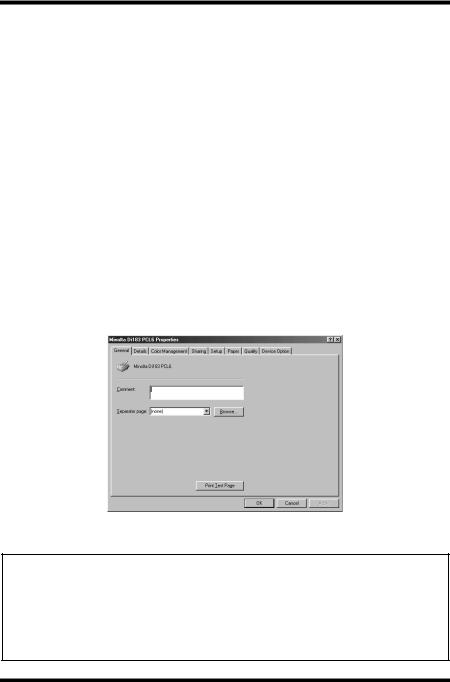
4 Printer Driver Settings
4 Printer Driver Settings
From the printer driver setup dialog, various printer settings can be specified from the computer. The procedure for displaying this dialog and for specifying the various settings in this dialog is described below.
4.1 Displaying the Printer Driver Setup Dialog
1.Click the [Start] button, point to [Settings], and then click [Printers].
2.In the “ Printers” window, click the “ Minolta Di152 (Di183) PCL6” printer icon.
3.For Windows 95, 98 or Me, select “ Properties” from the “ File” menu.
For Windows NT 4.0, select “ Documents Defaults” from the “ File” menu.
For Windows 2000, select “ Printing Preference” from the “ File” menu. The following printer driver setup dialog appears.
Tip
•The tabs other than four rightmost tabs of this dialog differ according to the computer’s operating system. With Windows NT 4.0 and 2000, these tabs do not appear.
•These four rightmost tabs can be viewed if the setup dialog is displayed by clicking the [Properties] button in the application’s print dialog.
12
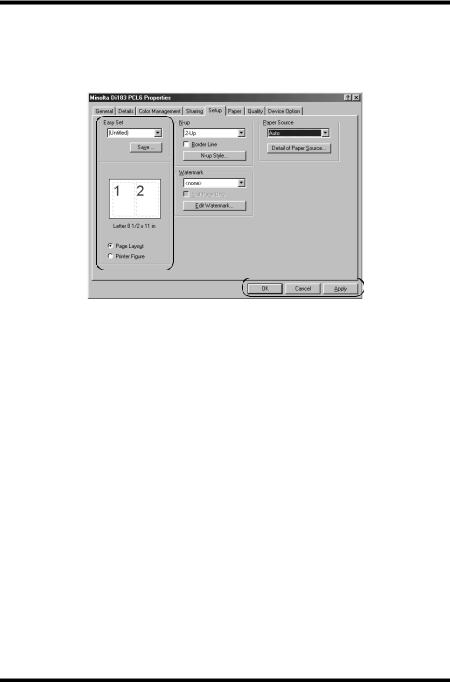
4 Printer Driver Settings
4.2 Common Settings
This section contains descriptions of the settings common to all the four tabs ([Setup], [Paper], [Quality], and [Device Option]).
OK
Click to exit the Properties dialog box, saving any changes made.
Cancel
Click to exit the Properties dialog box without saving any changes made.
Apply
Click to save all changes without exiting the Properties dialog box.
Easy Set
To save the current settings, click the [Save] button. Afterward, the saved settings can be selected from the drop-down list.
Select “ Factory’s Defaults” from the drop-down list to reset the functions of the tab to their original values.
If a setting is selected from the drop-down list, the button changes to the [Delete] button. If the [Delete] button is clicked, the selected setting is deleted.
13
